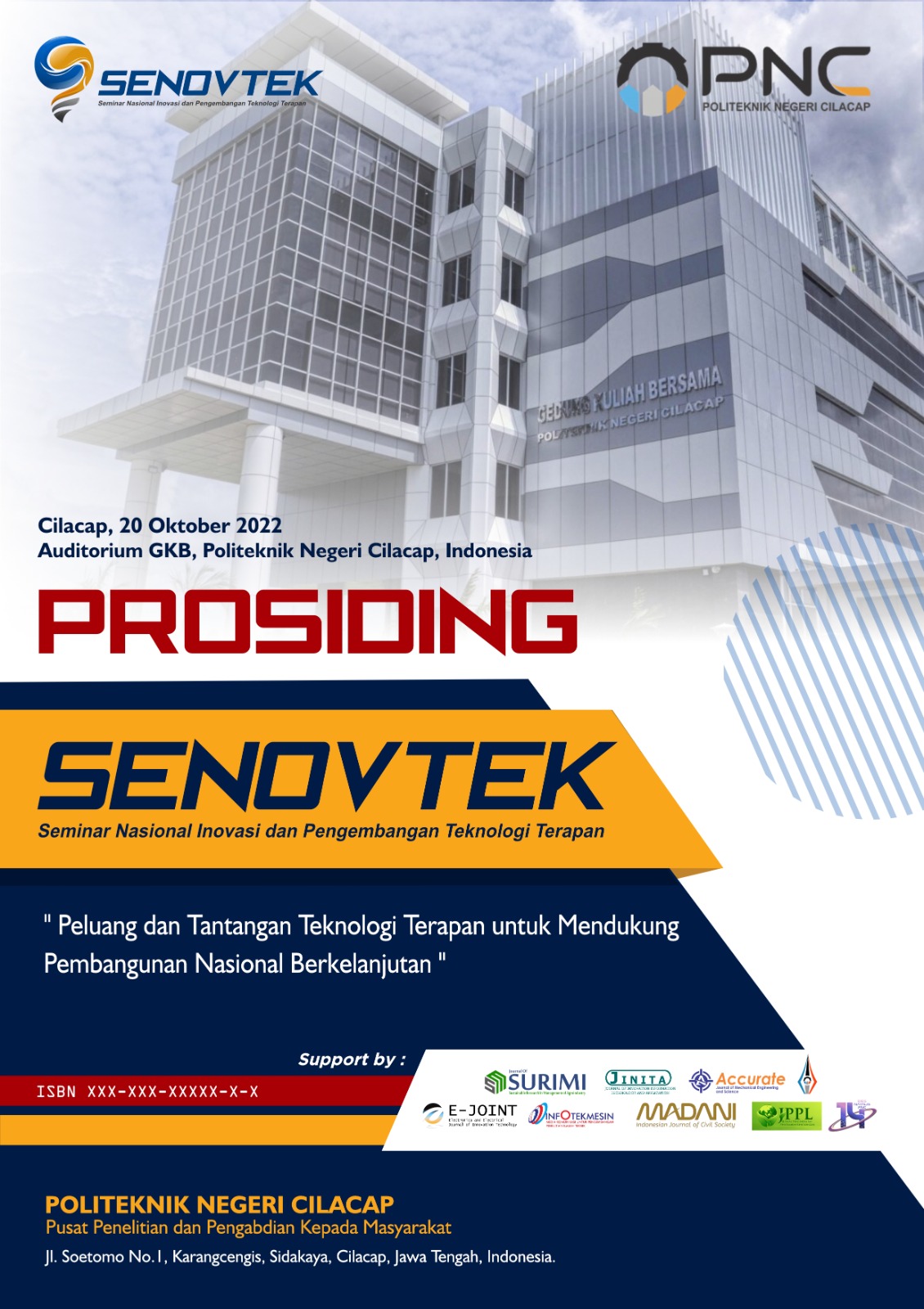Pengaruh Variasi Rasio Perekat Terhadap Nilai Kalor Briket dari Ranting Kayu dan Sekam Padi
 Abstract views: 196
,
Abstract views: 196
,
 PDF downloads: 796
PDF downloads: 796
Abstract
Wood twigs are solid waste that is usually used as fuel. However, people prefer to use LPG gas as a heat source for daily cooking. Wood twigs are rarely used by the community as a source of fuel. Around Kamulyan Beach Cilacap there are scattered wooden branches. In Cilacap Regency there is agricultural waste, especially in rice fields, namely husk waste. Experiments to increase the use of beach wood husks and twigs as materials for making briquettes with 10%, 15%, and 20% tapioca flour adhesives. The purpose of this study is to determine the effect of variations in adhesive portions in percent of a briquette on its heating value. Results of the study exhibit the change of heating value with variations in adhesive portions. Adhesive of 20% w/w produces the highest heat of 28139,33 calori, second highest is produced from briquettes with 15% w/w adhesive, which is 2713,44 calori and the lowest is from 10% adhesive briquettes with a heating value of 2612,93 calori. The higher portion of adhesive will increase briquette’s heating value because it tighten particles and harden briquettes that extend heat produced. The quality of A, B, C briquettes compared to market briquettes measured by their heating value is market briquettes has much lower heating value than A, B and C which are only 1507,46 calori.
Copyright (c) 2023 Rena Jayana, Theresia Evila Purwanti Sri Rahayu

This work is licensed under a Creative Commons Attribution 4.0 International License.







